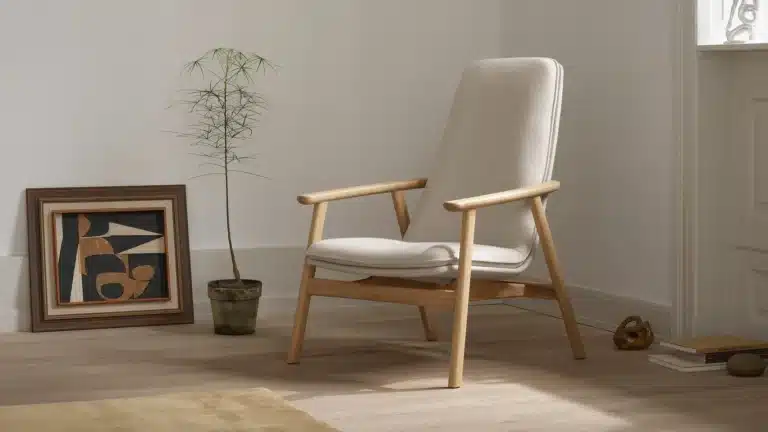The Symbiotic Relationship Between Art Forms
Architecture and music, though distinct forms of art, share a deep connection. This connection is evident in the way both disciplines use rhythm and proportions to evoke emotions and create an experience. In architecture, rhythm can define the shape and flow of structures, much like how it gives music its beat. Proportions in architecture ensure the balance and harmony of a building, similar to how notes and intervals compose a song.
Music’s influence on architecture extends beyond mere inspiration. It’s a part of our everyday lives, deeply ingrained in our routines – from commuting and walking to working and exercising. On average, we spend about 18 hours per week listening to music. This constant engagement with music also permeates the work of architects, aiding them in concentration, inspiring their designs, and helping them brainstorm innovative ideas.
Creativity Born from Rhythms and Proportions
The creative processes in both music and architecture are born from a harmonious blend of rhythm and proportions. These elements serve as the building blocks for both disciplines, guiding the creation of spaces and melodies alike. In music, rhythm gives a song its unique identity, while in architecture, it defines the sequential arrangement of forms and spaces, creating a sense of movement and flow within a structure.
Proportions play a crucial role in both fields too. In music, they dictate the structure of a composition, defining the relationship between different notes and chords. Similarly, in architecture, proportions ensure the aesthetic and functional balance of a building, influencing how it is perceived and experienced by its users.
From Concept to Reality
The journey from an architectural idea to a tangible structure often mirrors the process of composing a song. Just as a composer experiments with different notes and rhythms to create a melody, an architect plays with forms, spaces, and materials to design a building. This creative exploration is where music and architecture intertwine, each influencing and enhancing the other.
In the realm of modern architecture, this interplay becomes even more pronounced. Contemporary architects often draw direct inspiration from musical concepts, using them to guide the design of innovative structures that resonate with people on a deeper level.

The Architectural Foundations of Music
The profound influence of architecture on the development and evolution of music is often understated. It’s not an exaggeration to say that without architecture, the music as we know it today might not have existed. The role of architecture in shaping the musical experience dates back to the medieval era, where architects played a pivotal role in creating spaces specifically designed for musical performances.
During the Middle Ages, architects were instrumental in designing and constructing opera houses. These structures were not merely buildings; they were the crucibles of musical innovation and performance. The architecture of opera houses, with their intricate acoustics and grandiose design, provided the perfect milieu for the flourishing of classical music. These spaces became sanctuaries for musicians and composers, allowing them to explore and showcase their art in an environment that enhanced and complemented their performances.

Moving into the 20th century, the contribution of architects in shaping music took on new dimensions. Architects were at the forefront of designing concert halls and theaters, tailoring these spaces not just for optimal sound distribution, but also for the aesthetic and sensory experience of the audience. The design of these modern musical venues took into account everything from the seating arrangement and stage visibility to the acoustic properties of materials used in construction, all of which contributed significantly to the overall musical experience.
These architectural innovations have had a lasting impact on the world of music. They have enabled performers to experiment with and refine their art, and have provided audiences with an immersive experience that goes beyond mere listening. In essence, architecture has been, and continues to be, an integral part of the musical journey, from the composition and performance to the audience’s experience.
[row]
[col span__sm=”12″]
[/col]
[/row]







